Sunday mid-day goes on a walk across the old parts of the city with two history students who have brought attention to Mumbai's last surviving gas lamps, now neglected, but once champions of safe Bombay
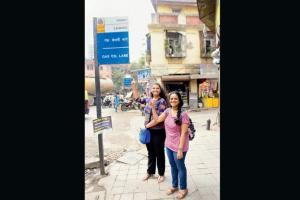
History students Riddhi Joshi and Yogini Aatreya at the entrance of Lalbaug's Gas Co. Lane where the Bombay Gas Co. was set up to power the city's streetlights. Pics/ Bipin Kokate
Indeed, it is almost impossible for those softened by the ease of life today to realise what it was before this servant was harnessed to the well-being of the citizens." In 1936, British politician and long-serving editor of a national daily, Sir Herbert Stanley Reed, regarded the advent of electricity i.e. the servant, as the most beneficial change he'd seen in Bombay since he landed in 1897. His early days here, as detailed in the foreword of Pestonji Mahaluxmiwala's History of the Bombay Electric Supply and Tramways, were marked by dinners under stinky oil lamps that made one sweat.
The idea of public lighting emerged when city governor John Fitzgibbon visited shipbuilder Ardeshir Cursetjee, who had a gas lamp installed at his Mazagaon home, and was amazed by what he saw. But the concept of street lighting didn't materialise until 1843 when kerosene lamps were installed. Then, two decades later, as Arthur Crawford became Bombay's first municipal commissioner, the city was illuminated with more efficient gas lamps—magnificently constructed out of cast iron and at a staggering 17 feet or higher.
ADVERTISEMENT
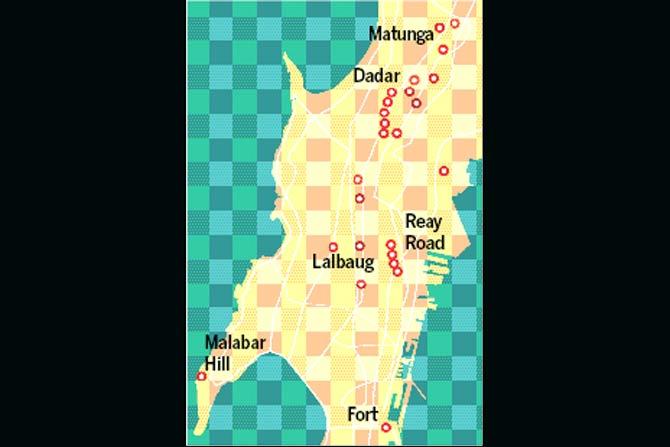
Out of the 2,415 that were erected, 31 have been discovered by history students Riddhi Joshi, 21, and Yogini Aatreya, 20. While Joshi is pursing a masters degree at Mumbai University, Aatreya is a TYBA student of Sathaye College. These remnants of a pre-electricity era intrigued them enough to make it the subject of a research paper titled Bombay: The City of Lights, presented at the CHAEN Conference 2020 last week.
The walkthrough
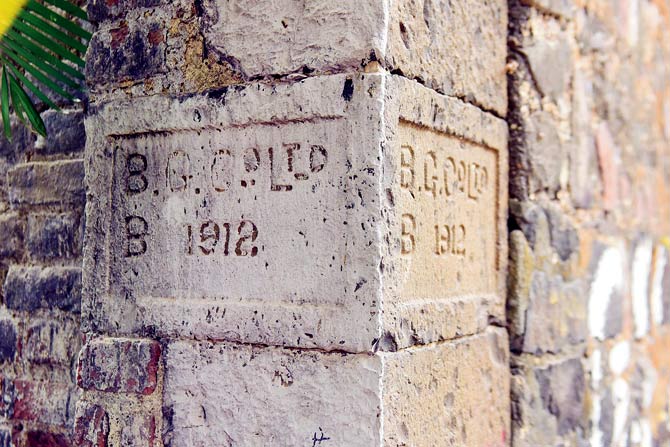
On a Thursday afternoon, we meet the duo at Lalbaug; it's where they set out to hunt for the gas lamps on one Republic Day, after Mahaluxmiwala's book proved to be the primary source. Across the famous Chivda Galli, is the Gas Co. Lane marked by a road sign. The Bombay Gas Company was formed in 1862 to power Bombay's street lights and its headquarters was set up in Lalbaug in 1866 and continued operations for over a century. In order to distribute coal gas, a 400-kilometre pipeline was laid and by 1875, Queens Road alone had 72 lamps. Since these lamps had to be manually lit, police historian Deepak Rao, who has helped with this student project, recalls how the municipal gas lamp-lighter drew eyeballs. "In the mid-1950s, when I was a resident of Churchgate, children would rush to see the lighter climb up the pole, swiftly like a monkey, every day at dusk. It was a thrilling sight. We missed watching him after electric lamps replaced these," he shares.
Although you don't see remains of the headquarters, the students believe that they could be in Gundecha Gardens, where they were refused entry.
As you walk straight up the road, opposite a store named Stone Source, there's a small basalt slab hidden by a peepal tree which reads, "B.G. Co. Ltd. B. 1912". Joshi and Aatreya also met an old resident of the area, who described the days of gas lamps as "good, but dangerous". "There would be these occasional blasts that would affect her door. Her relatives requested her to move but she told them, 'hum ko aadat hai'," Aatreya shares.
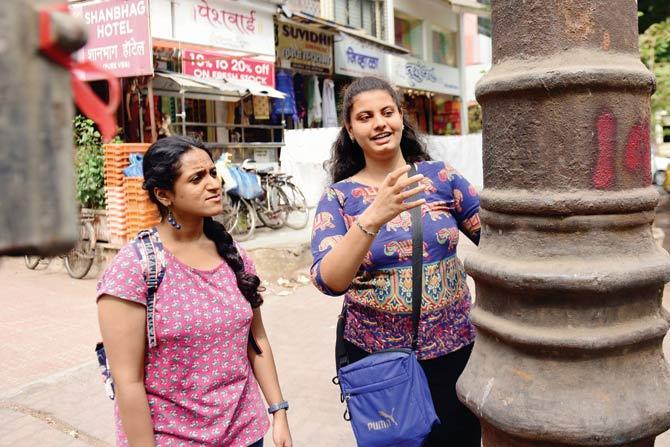 Variations can be observed in the design of the lamps. While some boast of geometric elements, the ones at Currey Road are more ornate
Variations can be observed in the design of the lamps. While some boast of geometric elements, the ones at Currey Road are more ornate
Mumbai is a city of migrants and thus, Aatreya says that connecting people to these little histories helps them relate to its spirit. "We hope to move this project to Facebook or Instagram so that if someone happens to spot a gas lamp around their neighbourhood, regardless of whether it has been documented or not, they can share an image."
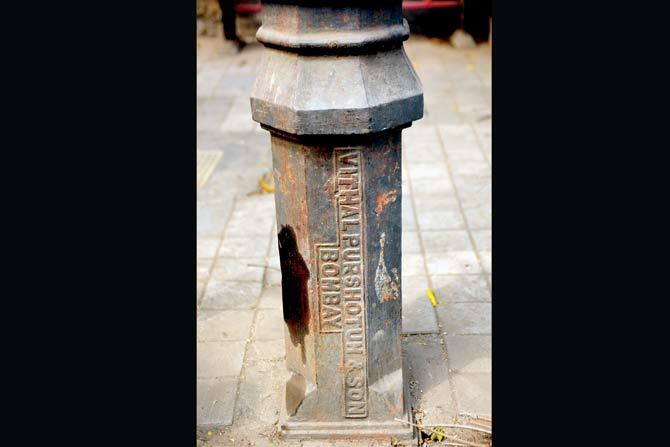
The non-functional structure of the gas lamp near Khodadad Circle has the name of an Indian company inscribed on it: Vithalpurshotum and Son. It is the only indigenous make that the students have spotted
On Dadasaheb Phalke Road, full-length lamps dot the busy stretch. As we head to Khodadad Circle, we spot another broken lamp pole. But this one looks like it's of indigenous make. Joshi and Aatreya guess that the gas company gravitated towards local manufacturers since importing over 2,000 street lamps would prove to be unfeasible. We walked on to spot an amusing sight at Dadar TT—a towering gas lamp pole with a halogen attached to it. "So, it's technically still serving its purpose," Aatreya remarks.
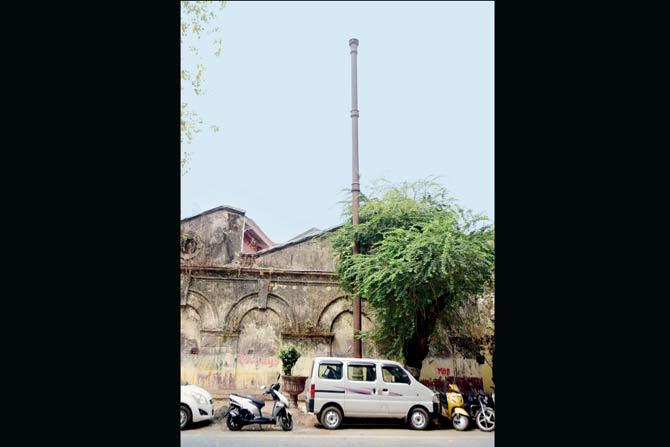
Gas lamps, like this one at Hindmata Junction, stood at over 17 feet. The top portion can be spotted in the opening credits of RK Films and Nav Ketan Films
On a cab ride to Dadar, where we head to spot seven gas lamps, Joshi and Aatreya mention that there's a paucity of academic research around this subject. In the absence of research material, they had to scour through newspaper articles. "We need to encourage public-private partnership, like they have done at Gateway with the Taj Mahal Palace & Towers helping to restore the gas lamps that dot the promenade. Most lamps are situated around homes or shops. Why not recreate the structure using electric bulbs?" Joshi asks, while Aatreya adds, "These are markers of industrialisation and urbanisation. Lighting offered employment and changed the city. It became a safer place to live in because you could venture out at night."
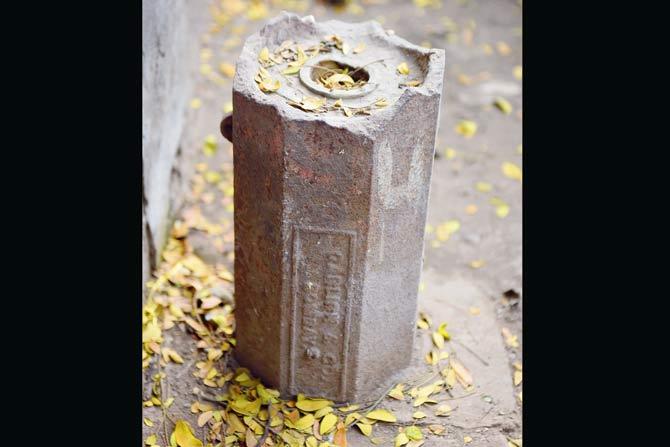
Due to its cast iron composition, it is difficult to pull out the structure from the earth. The stump of one spotted at Lalbaug bearing the company name Garliow & Co Bombay is nestled in a parking spot. Sometimes, the imported lamps and glass were stolen, leaving behind just the pole
Catch up on all the latest Mumbai news, crime news, current affairs, and also a complete guide on Mumbai from food to things to do and events across the city here. Also download the new mid-day Android and iOS apps to get latest updates
 Subscribe today by clicking the link and stay updated with the latest news!" Click here!
Subscribe today by clicking the link and stay updated with the latest news!" Click here!







